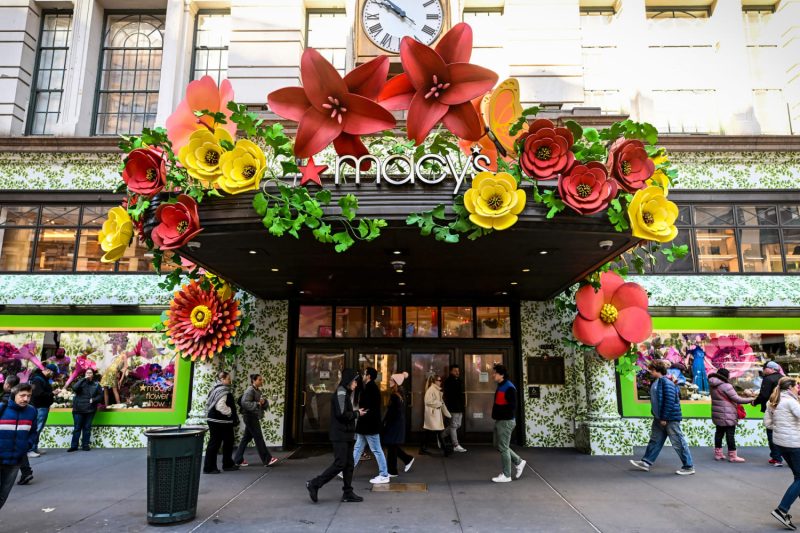In today’s rapidly changing market landscape, department stores are faced with the challenge of catering to a broad range of consumer demographics while maintaining their relevance and profitability. Despite their longstanding presence in the retail industry, many department stores are finding themselves in a position where they must adapt to the preferences and shopping behaviors of younger consumers in order to stay competitive.
One of the key reasons driving this shift in focus is the aging of their current customer base. As older shoppers gradually reduce their spending on apparel and other discretionary items, department stores are recognizing the need to attract a younger demographic to sustain their business and drive growth. This demographic shift has prompted many traditional department stores to revamp their branding, product offerings, and marketing strategies to appeal to a new generation of consumers.
One of the primary strategies employed by department stores to attract younger shoppers is the enhancement of their digital presence. With the rise of online shopping and the growing influence of social media, department stores are increasingly investing in e-commerce platforms and digital marketing initiatives to reach tech-savvy consumers. By leveraging digital channels to engage with customers, department stores can create personalized shopping experiences and target specific consumer segments based on their preferences and behaviors.
Another critical aspect of appealing to younger shoppers involves updating the merchandise assortment to align with current trends and fashion preferences. Department stores are diversifying their product offerings to include more fashion-forward and affordable options that resonate with a younger audience. By collaborating with popular brands, designers, and influencers, department stores can curate a selection of products that caters to the evolving tastes of millennials and Gen Z consumers.
Furthermore, department stores are reimagining their physical spaces to create experiential retail environments that offer more than just a place to shop. By incorporating elements such as pop-up shops, interactive displays, and in-store events, department stores are enhancing the overall shopping experience and attracting younger shoppers who value unique and engaging experiences. This emphasis on experiential retail not only differentiates department stores from online competitors but also drives foot traffic and fosters customer loyalty.
In conclusion, department stores are proactively adapting to the changing demographic landscape by prioritizing the needs and preferences of younger consumers. By embracing digital innovation, refreshing their product assortments, and enhancing the in-store experience, department stores are positioning themselves for long-term success in an evolving retail environment. While the shift towards younger shoppers presents significant challenges, it also offers opportunities for department stores to reinvent themselves and stay relevant in a competitive marketplace.

